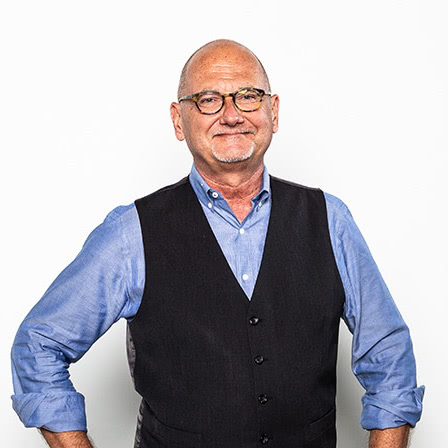Sunday night’s telecast of the Academy Awards reminded us that a TV spectacle like the Oscars offers marketers a rare chance to engage consumers on a galactic scale. Like the Grammys and, of course, the Super Bowl, such live, “must-see” events uniquely offer advertisers a huge payoff — the convergence of millions of eyeballs and the creation of billions of impressions.
But while this alignment of first-quarter television events provides similar opportunities, it is increasingly evident that the vibrational frequency of each broadcast has become as unique as the signs of the Zodiac.
The Super Bowl is a festive occasion with a preponderance of ads showcasing an irreverent sense of humor, while ads on the Grammys tend to flaunt an unapologetic hipness factor in line with the current beat of today’s popular music.
But the Oscars are different.
The Academy Awards telecast is the most intellectually charged of the three, and therefore the most provocative. It’s the one event most likely to make us think. As the presenters and winners opine on the pressing issues of our time, (race, climate change, sexual abuse), the smartest marketers in the room are encouraging us to open our minds and see the world differently.
So for me, Sunday night required more than a little bit of soul searching. Between acceptance speeches, I found myself, thinking, questioning, and pondering.
Is it possible that, as a brand, Kohl’s has a much more sophisticated worldview than I gave them credit for? Their work last night demonstrated an attitude that forever changed the way I think about that brand. More than even the “acceptance speech” concept, Kohl’s casting and art direction demonstrated an authentic understanding of “who” we are and “how” we live.
Is it possible that Cadillac can be the new luxury car for millennials? As an oft-cynical baby boomer I was emotionally prepared to witness that particular car brand gobbled up by the black hole of irrelevance. But honestly, the “Dare Greatly” strategy got my attention. As much as I wanted to dismiss the cheerleader-like premise, I found myself actually inspired by the spot featuring young disrupters. Perhaps Cadillac can reinvent itself by associating the brand with the very people who are reinventing how we live.
And then there was the elephant in the room: our differences. We are a uniquely diverse nation. But is it possible that we can focus on what collectively makes us strong rather than on what makes us different? The answer to that question should be a resounding, “yes.” So for me, Android’s “Together but not the same” campaign was perhaps the most provocative. It framed the diversity issue in a playful and palatable way; a spoonful of creative sugar always helps the medicine go down. And its “Rock, Paper, Scissors” spot was the shinning orb of the evening. Brilliant idea. Stunning execution.
As creative directors, we are trained to infuse campaigns with emotional linkage. But last night I had to ask myself whether my bias toward making people laugh or making them cry needed altering. I’ve gained a new respect for the power of making people think. As we face the issues and opportunities of our world, perhaps this genre of thought-provoking creative provides the most effective way of all to cut through the clutter.
